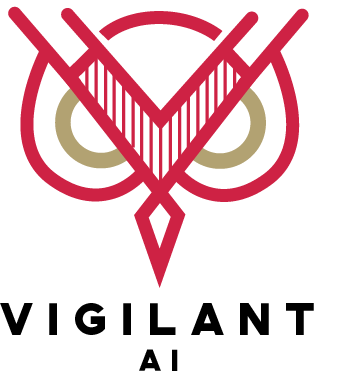While the rise of big data has enabled companies to optimize business processes and strengthen strategic decision-making, the volume and complexity of data available to auditors can quickly become overwhelming.
Audit teams begin by looking at accounting entries and financial statements to identify discrepancies, anomalies, and areas of risk for further review. Based on those areas of risk, the auditor requests the relevant business process documents from the client, who gathers and securely sends them to the audit team. The auditor must then manually open, review, and categorize each document to link them to the associated transactions.
Clearly, this time-consuming, repetitive, and inefficient process no longer aligns with the realities of today’s audit environment. What’s needed is a simplified data capture process that streamlines the initial collection, review, and analysis of business process documentation.
Building a Fully Contextualized Data Lake for Audits
Google Cloud defines a data lake as “a centralized repository designed to store, process, and secure large amounts of structured, semi-structured, and unstructured data.”
Put another way, a data lake makes it possible to store large volumes of data in its original form, allowing it to be processed and used as the basis for further analysis.
Data can be collected in various formats from diverse sources, including financial systems, enterprise resource planning systems, customer relationship management systems, and 3rd party systems. Raw data is then contextualized to enhance its meaning and relevance, allowing auditors to easily identify and understand the relationship between data points.
As the volume of data grows or the scope of the audit expands, data lake can easily scale in the cloud without the need for expensive infrastructure investments.
An additional zero-trust architecture ensures that only known users can access authorized data. Each client is isolated from data belonging to anyone else, while military-grade encryption maintains data integrity and security throughout the system.
Download Understanding the Data Capture Process
Streamlining the Data Capture Process With an Intelligent Approach
Compared to traditional, manual approaches to data collection and review, an intelligent data management platform simplifies data capture and automates the categorization of business process documentation.
Step 1) Determine Areas of Risk
A successful audit engagement always starts understanding the areas of risk in the client’s business. Using traditional year-over-year analysis of changes in business performance, or more advanced, AI approaches to scoring risk on 100% of the transactions, a sample is selected for review. The appropriate tests for those areas of the business are devised, and this informs the auditor what business process documentation they need to request from the client to confirm the audit sample.
Step 2) Data Collection
This is where intelligent data collection can help speed the process. The ability to easily load the selected samples and requested business process documentation into the platform is the first dimension. Today clients use secure drop boxes to exchange documentation with auditors. But intelligent data collection empowers the client’s data owners to drag-and-drop (or eventually stream) the requested documents directly, avoiding choke points on either the client’s side or the auditor side. This breaks down the client’s data silos that can significantly slow data collection.
Step 3) Data Discovery and Analysis
And once the data is loaded, instead of manually reviewing and categorizing documents on their own desktops (which isn’t secure), auditors can leverage advanced artificial intelligence to automatically tag all requested business process documents against every accounting entry loaded for review. This pre-processing of audit data significantly reduces the labour required for data preparation and makes it easier and faster for auditors to find the correct scope of documents for any of the necessary accounting tests.
Step 4) Testing and Review of Transactions
Once the data is organized and tagged by the platform, the data is locked and can no longer be changed. This creates a single source of truth for both the client and the audit team. Auditors can quickly query and locate specific documents for each area of review and view all documentation associated with a given transaction or set of financial processes, and then define customized tests to extract key terms for review, allowing confirmations to take place automatically and focus auditors time on areas where confirmations were not easily proven.
Step 5) Report and Repeat for Future Engagements
Audit working papers are then generated for verification by senior audit managers, and eventually for detailed reports to the client. The trained models used to extract data from the documents can be retained to create a baseline for future engagements or additional analysis. Outside the audit, the client’s internal audit team can also gain access to the data lake to conduct financial analysis, risk assessment, or process optimization without building or managing a separate system.
Enabling Audit Readiness for Faster and More Complete Financial Audits
The speed of the audit depends on the speed of collecting and intelligently managing appropriate business process documentation.
Until now, the time, effort, and resources required by both the client and the audit team to collect, review, and categorize the documents created significant challenges that impacted the cost, completeness, and timeliness of the audit.
With a fully contextualized data lake, financial auditors can quickly locate, review, and test business process documentation against transactions. By simplifying the data capture process and automating the initial review of confirmations, auditors can spend more time probing areas of higher risk to deliver a faster, more complete audit.



Recent Comments